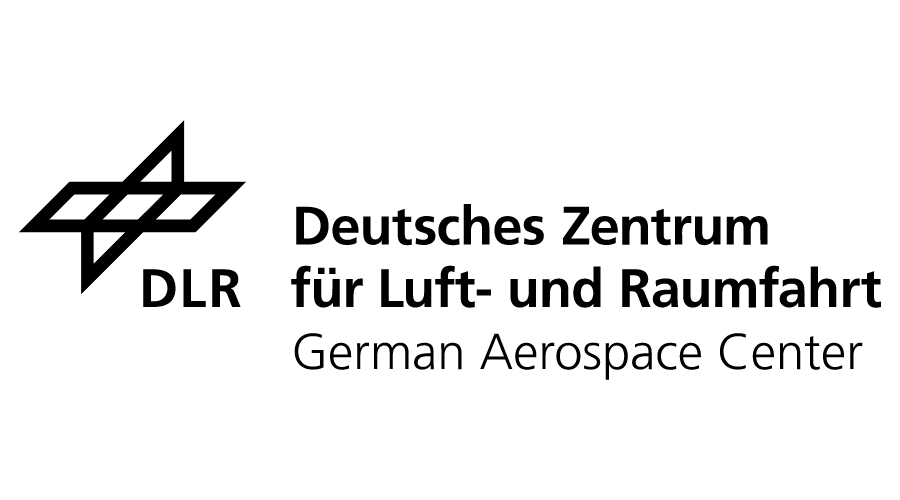
I took over development on this project during my Co-op at the German Aerospace Center in Braunschweig, Germany as the sole developer.
The Remote AFISO project was a prototype for an extension of the existing "Remote Tower" concept. This is a concept
where the air traffic service at an airport can be supported or managed from a location other than the control tower.
The goal of this concept is to be able to support airports during busy times with remote air traffic controllers, and
it has already been successfully implemented at many airports around the world.
Normally, the Remote Tower requires a 360 degree array of cameras, plus a great deal of monitors and equipment in
the Remote Tower Center itself. The goal of this project was to develop a prototype of a low-cost VR version for use
by Aerodrome Flight Information Service Officers (AFISOs) at smaller airports. An AFISO differs from an ATC in that they
do not provide takeoff clearance, but weather and hazard information, so the Remote AFISO Workplace would only need to
keep track of incoming/outgoing flights, and have a view of the airport. My colleague performed a
research study
using the finished prototype to determine the viability of such a system.
Camera Array
When I took over the project, some development had already been done. The external setup included two 180 panoramic cameras
to provide the 360 degree view, as well as a Pan-Tilt-Zoom camera on top.
In VR, the panoramas were stitched together into the full 360 degrees, and the PTZ camera was represented by an
overlay which could be toggled on and off. The PTZ could be controlled with a single button press, which would point
it in the direction the user was looking. Initially the PTZ was only controllable through the keyboard.
Hand Tracking
My first major goal on the project was to move away from the keyboard controls, implementing both controller
support and hand tracking.
I experimented quite a bit with the control scheme, and ultimately landed on a setup where the user holds a
VR controller in one hand to control the PTZ, and uses the other hand to control the UI via hand tracking.
The controller retained the one-click functionality from before, and I used the directional-pad to allow for
more precise adjustments of the camera.
For the hand tracking, I used a LeapMotion mounted on the front of the
headset. I used the Ultraleap SDK for Unity to implement buttons and grabbables that could be interacted with
through the LeapMotion.
User Interface
The UI was conceptualized by my colleague to be a series of panels which the user could grab and place in the
environment wherever was most comfortable for them. The panels could also be "minimized" using a menu bar.
I implemented her designs in Unity and added functionality. Most panels were just for show outside of having
pressable buttons, but for the Flight Management panel I developed a system that would allow the user to make
add/edit/delete flights, which would then be dynamically populated depending on which of 3 filters were applied.